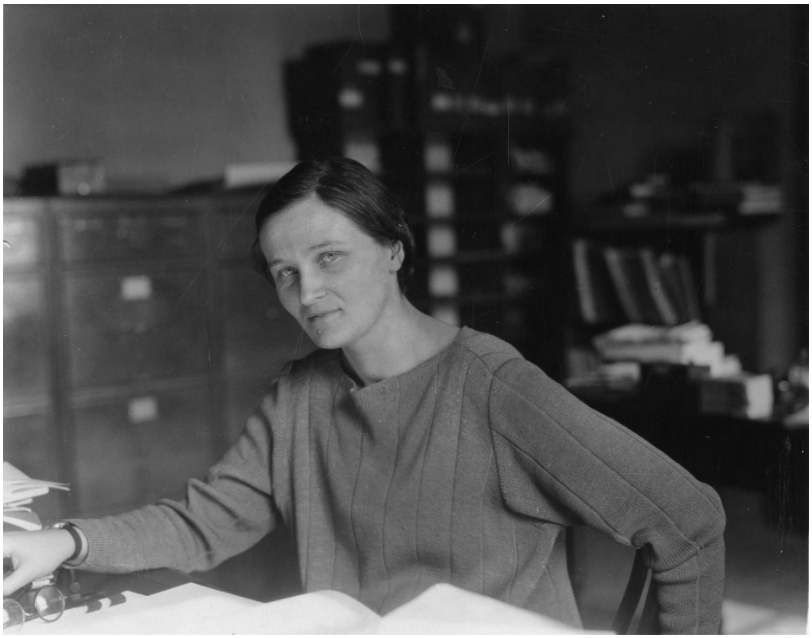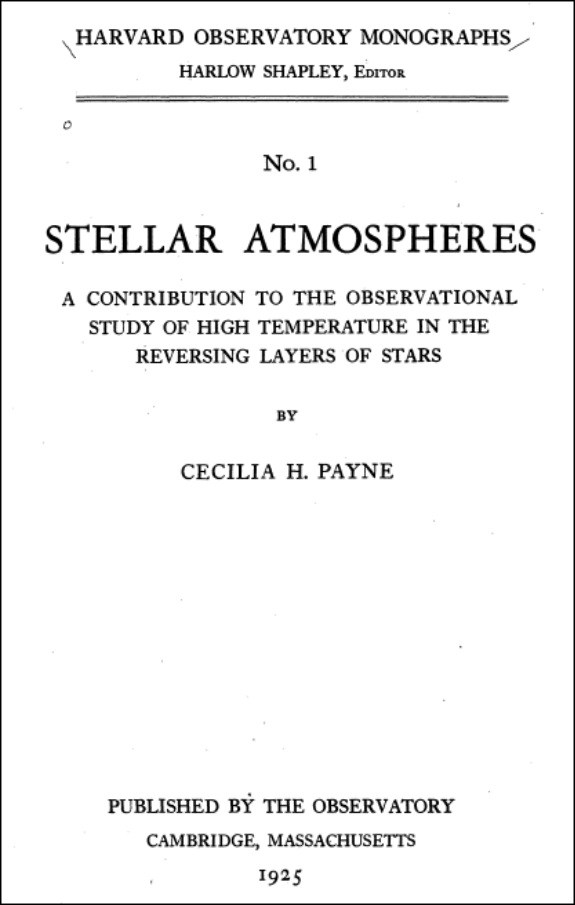“Never give up, for that is just the place and time that the tide will turn.”
Today is known as Juneteenth, a federal holiday which commemorates the official end of slavery in the US.
The history of slavery in North America has blurred edges, with accounts of enslaved Africans being brought to this continent as early as 1526. However, the first written account of the exchange of people for goods is documented in Virginia in 1619, so that year is often cited as the beginning of slavery. This egregious condition persisted for several centuries.
Uncle Tom’s Cabin, written by Harriet Beecher Stowe, is often cited as the most influential publication that garnered support of the abolitionist movement and became the catalyst for social change that ultimately led to Civil War. After the war, the Emancipation Proclamation was issued by President Abraham Lincoln on January 1, 1863. This declared freedom for the 3 million people who were enslaved in this country, and slavery was officially over. Not everyone complied, however, and it was two and a half years later that the final slaves in Texas were officially set free by Union soldiers on June 19, 1865. Currently, around one hundred and fifty years later, we are still feeling the effects of this horrific institution that have been engrained into our laws and social norms.
There are many historic moments where we pause and reflect on the effect of a specific action that defined slavery in the US throughout the years. Uncle Tom’s Cabin could be considered the left-side bookend that defined the era of monumental shift in social consciousness that led to the deconstruction of slavery as a legal institution. The right-side bookend, then, is June 19, 1865 when the final slaves were freed and America emerged as a nation dedicated to continued pursuit of equal rights and justice.
Harriet Beecher was born in 1811 in Litchfield, Connecticut to a busy household of multiple children and Puritanical parents. She was brought up with strong Christian beliefs, but also was encouraged to pursue intellectual and literary interests. The family relocated in 1832 when her father became president of the Lane Theological Seminary. They moved to Cincinnati, a bustling port city on the Ohio river where, just to the south in the state of Kentucky, slavery was rampant. She befriended a Reverand who was helping slaves escape to freedom and heard his stories and met the people. She had the opportunity to visit a slave-run homestead in Kentucky and felt the tragic pain of being unable to control the destination of your family members. Her aunt had married a slave trader but was unprepared for the shocking conditions that she would witness and returned a year later to recount her stories. All these incidents had a profound effect on young Harriet, but perhaps the most influential was the murder of her father’s dear friend for publishing an article against slavery.
She was married to Calvin Stowe, a faculty member of the seminary, and they were living in Maine when the Fugitive Slave Act was passed in 1850. This required that “Persons escaping from the Service of their Masters” be returned to their owners and that all free states must comply, using police force if necessary. A similar but less enforceable fugitive law had been passed in 1793, but the northern states often disregarded that law and the number of escapees was on the rise. Harriet Beecher Stowe felt the fire rise within her and knew it was time become a larger voice for the abolitionist movement. She connected with her God, and described an immersion-like state that resulted in the story she wrote down as Uncle Tom’s Cabin. The story revolves around a slave, Tom, who is sold multiple times and endures physical and mental brutality by his captors. He maintains his Christian beliefs through his travails and is portrayed as a Christ-like figure who forgives his captors and embraces his destiny.
First published as a series of articles in 1851, and finishing in 1852, the series was compiled into a book which immediately flourished and became the “second best-selling book of the 19th century, following the Bible.” (Wikipedia). It had a huge emotional impact in the country and abroad and brought to the forefront the evils of slavery. Even though it is based on accounts of interviews, witnessed events and documents, Harriet Beecher Stowe always maintained that it was the hand of God who wrote the book.
This WAVE Woman had Ambition to devote herself to a life of rectifying the enormous injustice of slavery, at a time when the tide was moving strongly against her. She had Virtue to know the correct moral path to take, even in defiance of others in power. She understood the Empowerment given to her by God to voice her cause so others may know the truth. She is a true WAVE and inspiration to anyone who sees an injustice and wants to make a difference.




